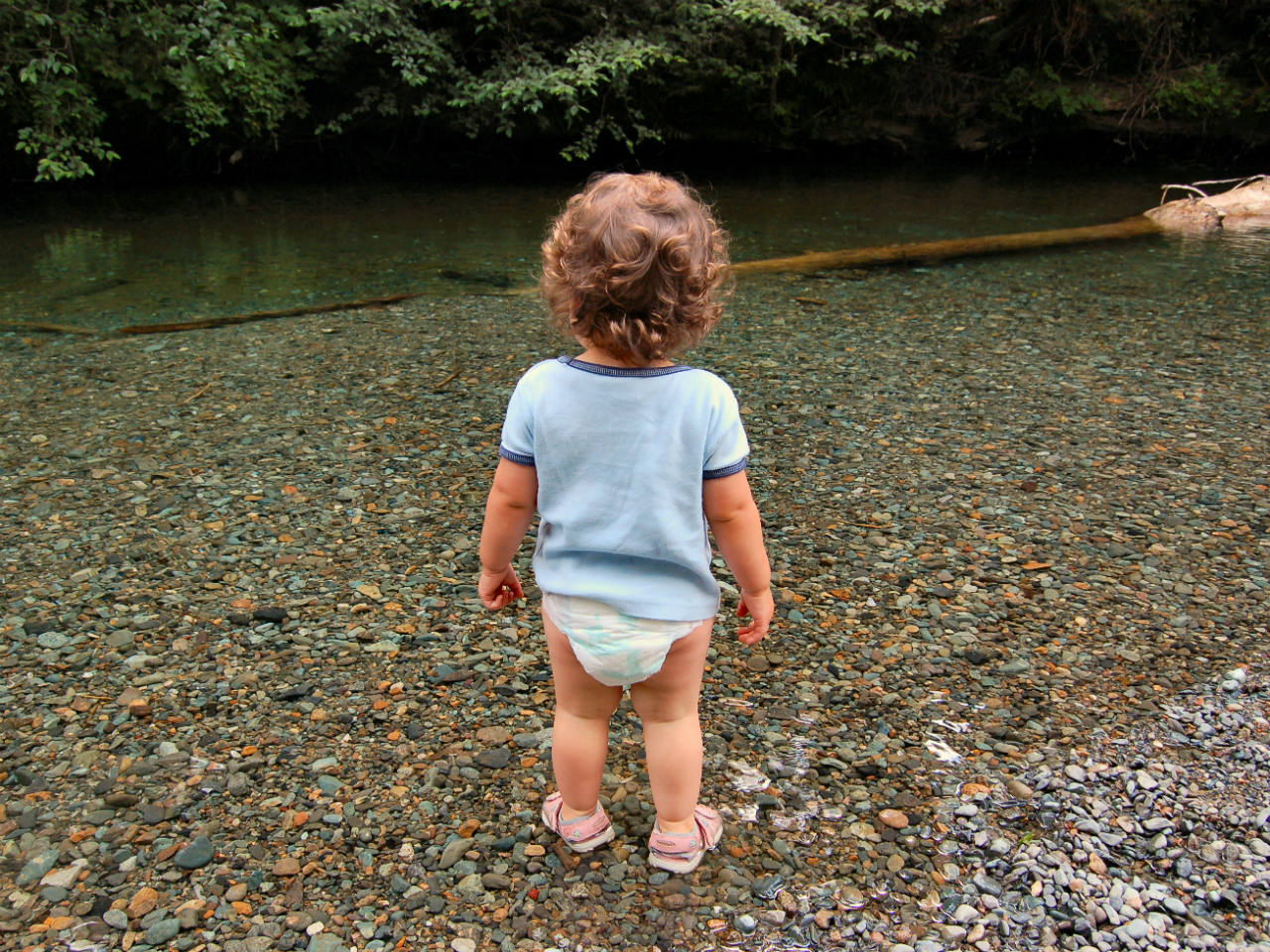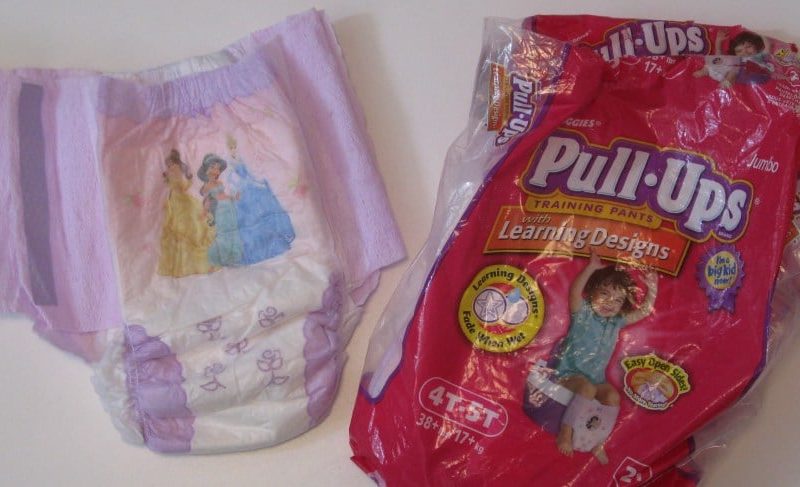Pull-up diapers are a lifesaver, especially for nighttime and potty training, but it’s important to know when to start and stop using them.
Like most other things in parenting, when we talk about nighttime and potty training, no one-size-fits-all approach is guaranteed to work for every child.
The key here is to accept that potty training is a work in progress and that there is no way we can avoid occasional accidents.
Pull-ups are super pocket-friendly and convenient for potty training because you eliminate fussing with sticky straps while you wrestle a busy toddler.
But then, knowing when the time is right to move on to gown up baby underpants is a crucial step, too.
Below is what you must know about effectively using pull-up diapers and when it is time to leave them behind.
Using Pull-ups for Potty Training

We must have heard that kids must be physiologically ready for potty training at some point.
For a large percentage of them, that doesn’t happen until they’re about two years old ( there are times when some will only start to display readiness at the age of three or older).
Some of the signs you may want to look out for include an interest in watching other people use the washroom, awareness that they are having a bowel movement or urinating, staying dry for more than a couple of hours, ability to follow easy one- and two-step directions and an increased show of independence.
If you notice that your child has recently begun to visit somewhere a bit more private to do his or her business, tells you to know when she’s urinating, wakes up dry from a short nap, and tries to dress or underdress his or herself, then she may be set to begin potty training.
Do not forget that potty training is a lot more than simply making it to the potty on time: Children need to pull down their pants and underwear and pull them up when necessary.
To make the process even easier, dress your kid in clothes that encourage independence, such as pants with elastic waistbands or free dresses.
Buying a pack of pull-up diapers with a favorite Disney princess or beloved superhero may work if your kid responds well to an incentive.
However, it is important to remember that pull-ups may not help your tot. These rewards work well for some children but may not work so well for others.
You want your little man or princess to respond to the pull-ups as if they were basic underwear, and some children don’t know how to make that connection.
Some children may not know how to pull down their pull-up diapers because they are used to the regular kind, which requires mummy’s attention.
However, if you sometimes use normal undies for them, they might learn how to react to the discomfort of getting wet from peeing their pants.
Parents need to understand that kids do not have many opportunities to make choices for themselves, so allowing them to pick out their underwear can be a big deal and excite them.
It gives your young ones a sense of control and motivates them to stay dry. Another option you may consider is trying out a pair of training underpants with an extra-absorbent layer.
If your little fellow has been using pull-up undies successfully, how will you know when it’s time for him to ditch them? You don’t want to keep your kids in pull-ups for a long time—they must know that wearing underwear is the next step.
Immediately, you notice your child is telling you that he needs to use the bathroom and is staying dry most of the time (of course, there will be rare accident cases, and that is OK); it is finally time for underwear.
Pull-ups for Night Training

There is a major difference between night training and day training. Parents must know that nighttime wetting is very, very normal for many years beyond wetting during daytime for many kids.
In fact, it has been found that six to eight percent of eight-year-old kids still wet their beds.
At the end of the day, it boils down to different developmental abilities. Parents should know that bedwetting only becomes an issue when it begins to impact children socially.
When you notice that your child feels ashamed or finds it hard to mix up, you must try to help him stop as soon as possible.
However, if it isn’t bothering your child, you can opt for nighttime underpants and a waterproof sheet or pad to make cleanups easier. Nevertheless, that shouldn’t stop you from helping them stop bedwetting.
On the other hand, if you have a young boy or girl who has a well-established daytime dryness—meaning he or she has been staying dry for at least six months to a year—and you have become concerned that the child is relying so much on her pull-up diaper at night, it is only reasonable that you try night training without them.
Put your child in underwear or let them go to bed commando and see how they do. Make sure your child visits the bathroom every night before bed, and do well to keep a nightlight on so that it is not too dark or scary when your kid wakes up at night to use the bathroom.
But if you notice they are not ready, do not make a big deal about it. Children develop at different paces, so it is only fair that you understand your child’s pace and be patient with them.
Pull-up diapers are great for children between 18 months and 3 years old. If you think that 18 months is too young to start potty training, you can wait until your child is 2 years old to begin.
Nevertheless, the earlier you start potty training your baby, the better for you and the child.
There are various sizes of pull-up diapers, so it is important to know what size perfectly fits your child before you shop.
You also need to know what brand of pull-up diaper will be comfortable on your child’s skin and not cause any reactions.
Some diapers may be made from materials your child’s skin doesn’t agree with, leaving you even more confused than pleased.
Talk to other moms or read reviews of various pull-up diaper brands before purchasing.








